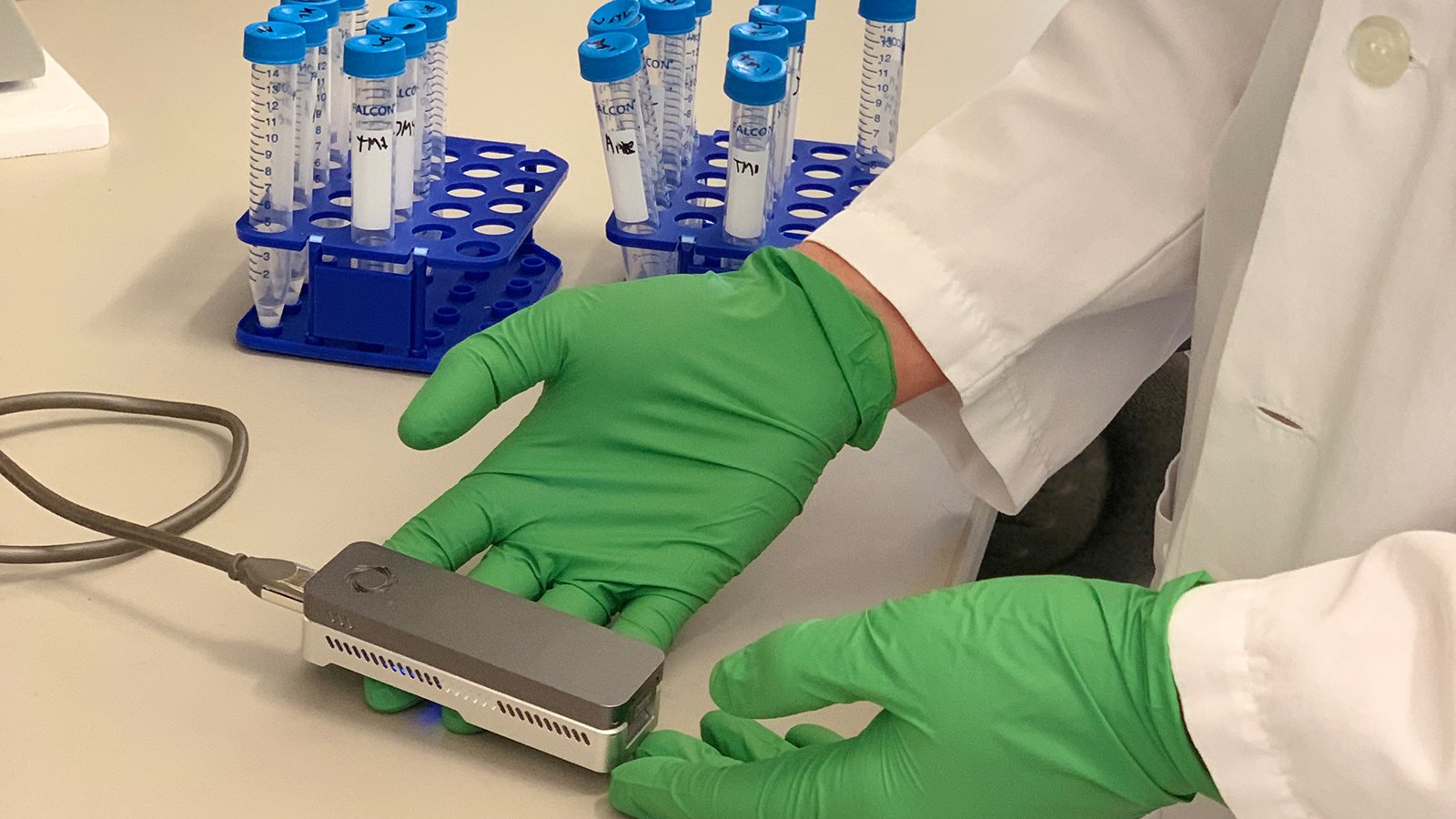New Sequencing Technologies Enable Better and Faster Understanding of the Human Microbiome

Humans have trillions of different species of microorganisms living inside and on the human body. These microbes colonize on the skin, gut, oral cavity, vagina, internal organs, and circulating fluids, and are called the human microbiome. The human microbiome plays profound roles in health and disease. Since the first human microbiome study reported by the J. Craig Venter Institute (JCVI) in 2006, researchers have gained unprecedented knowledge on how the microbiome influences human health and cause diseases such as obesity, diabetes, liver disease, infection, inflammatory diseases, cancer, metabolic diseases, cardiovascular diseases, and others. The National Institutes of Health (NIH) has invested $1 billion between 2007-2016 including extramural research funding and the Human Microbiome Project (HMP) program. The JCVI participated as one of the four sequencing centers of the HMP and produced hundreds of genomes of microbial strains isolated from the human microbiome. The study of the human microbiome is now a multimillion dollar industry which is estimated to grow from $235.8 million in 2018 to $521.23 million by 2022.
Thanks to the tremendous advancements in genome sequencing technologies, scientists are now able to simultaneously study millions of genes in a microbiome sample through a technology called metagenomics. With this technology, the genomes of microbes, usually a few million base pairs (or letters of DNA) in length, are broken into small fragments of hundreds of base pairs, which are read by a sequencer. A modern sequencer, such as the NovaSeq produced by Illumina Inc., can accurately read billions of fragments in a few days. These fragments are then stitched together into larger genomic fragments in a process called assembly, so that scientists can study the individual genes coded in microbial genomes. However, because the human microbiome is so complicated, it is still very challenging to assemble the genomes in a typical sample, making it difficult to investigate how the microbiome causes diseases at the gene level and to develop drugs or intervention therapeutics to target the disease-causing genes.
In recent years, a novel sequencing technology, Oxford Nanopore Technology (ONT), has been rapidly evolving. ONT has a very high sequence error rate, which limits its application. Currently, there are only a handful of studies that have utilized ONT in human microbiome research. The team at JCVI has seen the potential in utilizing ONT technologies in human microbiome research and set forth to solve the challenges in order to advance the human microbiome field. JCVI has developed a novel microbiome pipeline with combined ONT and Illumina technologies, and advanced bioinformatic algorithms. This pipeline provides assembly 10 to 100 times longer than the existing pipeline. JCVI scientists will apply this platform to further microbiome related health research.